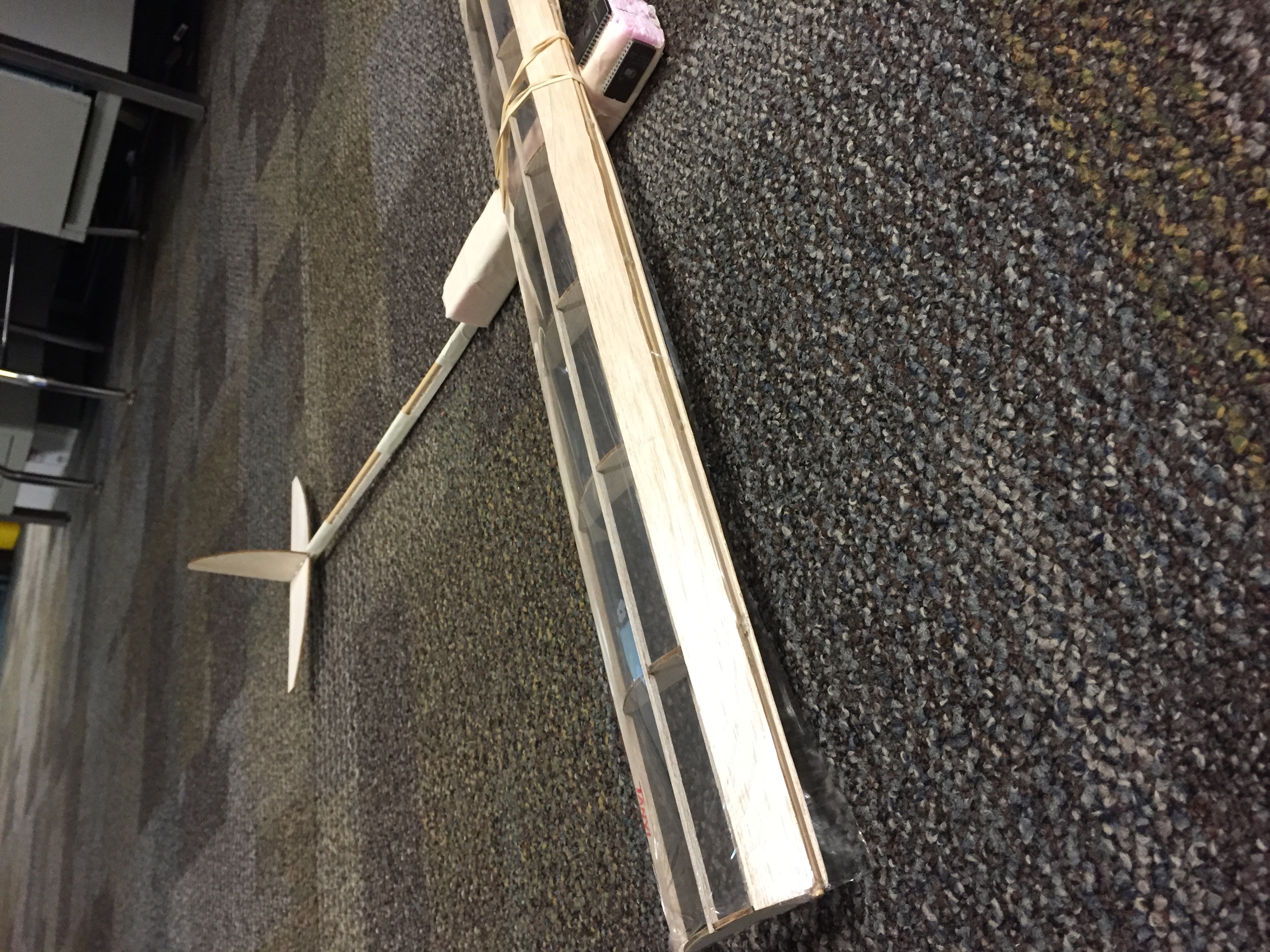

But perhaps it can at least indicate the lines of the discussion. This physical validity will undoubtedly not quell the debate, and this treatment will not settle it.

Conservation of momentum and Newton's 3rd law are equally valid as foundation principles of nature - we do not see them violated. The Bernoulli equation is simply a statement of the principle of conservation of energy in fluids. Both are based on valid principles of physics. If the question is "Which is physically correct?" then the answer is clear - both are correct. Which is best for describing how aircraft get the needed lift to fly? Bernoulli's equation or Newton's laws and conservation of momentum? This has been an extremely active debate among those who love flying and are involved in the field. Updated June 1, 2015.Airfoils, Bernoulli and Newton Bernoulli or Newton's Laws for Lift? All rights reserved.Ĭreated March 18, 2007. The upwardĬomponent of this force is lift the backward component is drag. Opposite dynamic pressure on the lower surface of the airfoil, forcing it up and back. The airfoil (in this case, your hand) was deflecting the wind which, in turn, created an equal and You inclined your hand to the wind, the force of air pushed against it forcing your hand to rise. Probably you have held your flattened hand out of the window of a moving automobile. This combination of pressure decrease above and increase The airfoil increases the pressure below. Simultaneously, the impact of the air on the lower surface of The airfoil is designed to increase the velocity of the airflow above its surface, therebyĭecreasing pressure above the airfoil. In this narrow section, theįluid moves at high speed, producing low pressure.Īn important application of this phenomenon is made in giving lift to the wing of an airplane, anĪirfoil. As the pipe narrows it must contain the same amount of fluid. In the wide section of the gradually narrowing pipe, the fluid moves at low speed, producing high

To explain changes in the pressure of fluid flowing within a pipe whose cross-sectional area varied. Other words, Bernoulli found that within the same fluid, in this case air, high speed flow isĪssociated with low pressure, and low speed flow with high pressure. Pressure of a fluid (liquid or gas) decreases at points where the speed of the fluid increases. A reference line often used in discussing airfoils is the chord, an imaginary straight line joining the extremities of the leading and trailing edges.īernoulli's Principle: To understand how lift is produced, we must examine a phenomenonĭiscovered many years ago by the scientist Bernoulli and later called Bernoulli's Principle: The The aft part is narrow and tapered and is called the trailing edge. The forward part of an airfoil is rounded and is called the leading edge. Generally the wing of small aircraft will look like the cross-section of the figure above. Wings, horizontal tail surfaces, vertical tails surfaces, and propellers are all examples of airfoils.

When an airfoil is moved through the air, it is capable of producing lift. An airfoil is a device which gets a useful reaction from air moving over its surface.


 0 kommentar(er)
0 kommentar(er)
